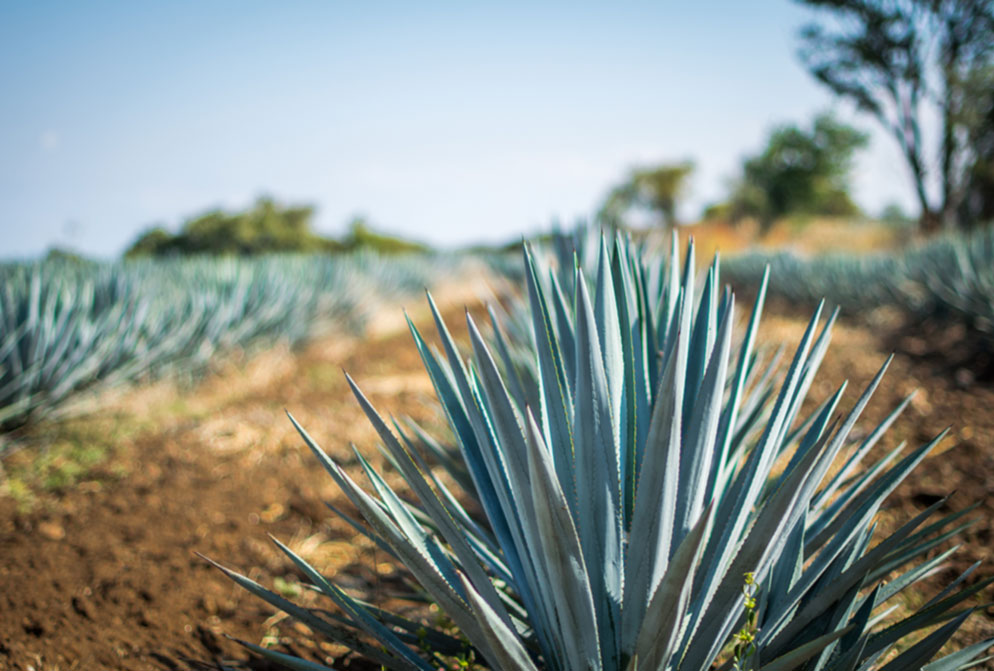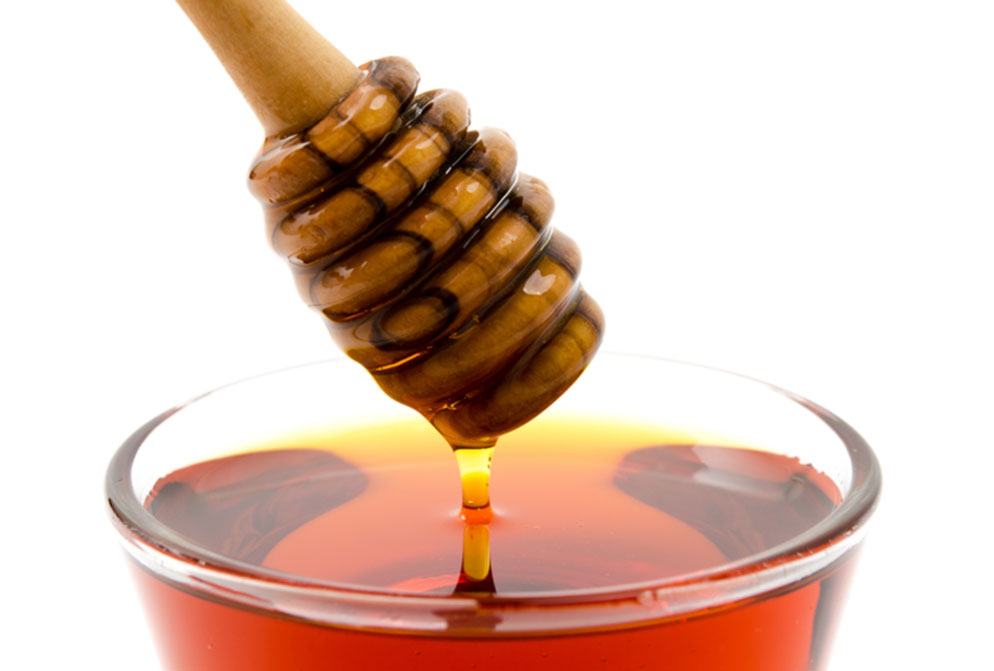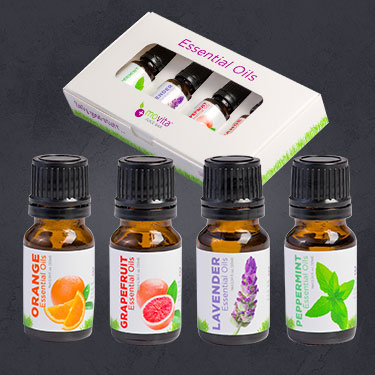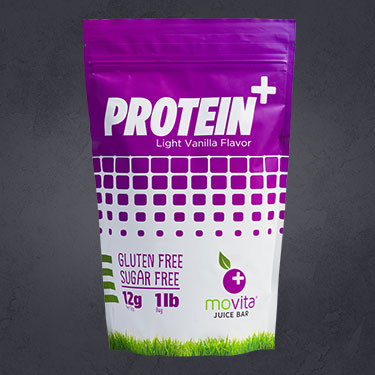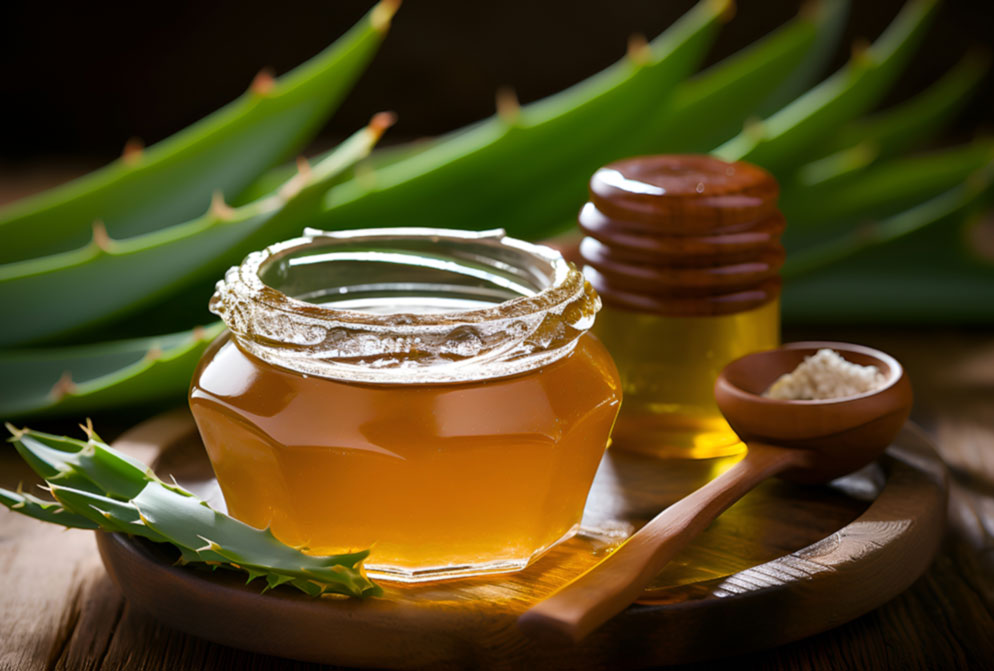
In the world of natural sweeteners, few have garnered as much attention as agave. Derived from the succulent plant of the same name, agave syrup (also known as agave nectar) has made its mark as a versatile and intriguing alternative to traditional sugars. In this post, we’ll take a journey of understanding agave, exploring its origin, production, nutritional characteristics, and culinary applications.
The agave plant, native to arid regions of Mexico and parts of the United States, has been a part of cultural and culinary traditions for centuries. Indigenous communities cherished its versatile properties, using it not only for its sweet nectar but also for fibers, construction materials, and even distilled spirits like tequila and mezcal.
Agave syrup is crafted through a meticulous process that begins with the extraction of the agave plant’s sap. This sap, often referred to as aguamiel or “honey water,”
is carefully collected and then filtered to remove impurities. The sap is then heated to break down its complex carbohydrates into simple sugars, resulting in the smooth, golden liquid known as agave syrup.
Agave syrup’s appeal goes beyond its natural sweetness. It’s composed primarily of fructose, a simple sugar found in fruits, with varying levels depending on the brand and processing method. The presence of fructose gives agave syrup its sweet taste and contributes to its lower glycemic index compared to table sugar.
The versatility of agave syrup extends to its culinary applications. Its mild flavor and ability to dissolve in cold liquids make it a wonderful addition to beverages, from refreshing lemonades to iced teas to smoothies. In the kitchen, agave syrup plays a role in recipes ranging from salad dressings and marinades to baked goods and desserts.
While agave syrup offers numerous benefits, it’s important to exercise moderation. As with any sweetener, it contains calories and should be used thoughtfully as part of a balanced diet. Pay attention to portion sizes and consider the overall context of your daily nutrient intake.
When incorporating agave into your diet, select products that are 100% pure agave without added fillers or additives. Opting for organic options can also align with a preference for natural and sustainable choices.
Understanding agave isn’t just about appreciating its unique sweetness, but also recognizing its cultural significance, versatile applications, and potential benefits.
Whether you’re drizzling it over a stack of pancakes, crafting a refreshing summer drink, or experimenting in the kitchen, agave invites you to experience a naturally sweet journey that connects tradition, health-conscious choices, and culinary creativity.
Follow us on Instagram @movitajuicebar for everything fresh, healthy & nutritious!
See you for our next blog post!
DISCLAIMER: These statements have not been evaluated by the FDA. The information is for informational purposes and is not intended to treat, diagnose or cure any illness. Consult a physician before taking any action.
Want to contribute great content?
We are looking for contributors provide our readers with great healthy content to encourage positive living. If you're interested in becoming a contributor pease email us at blog@movitajuicebar.com
